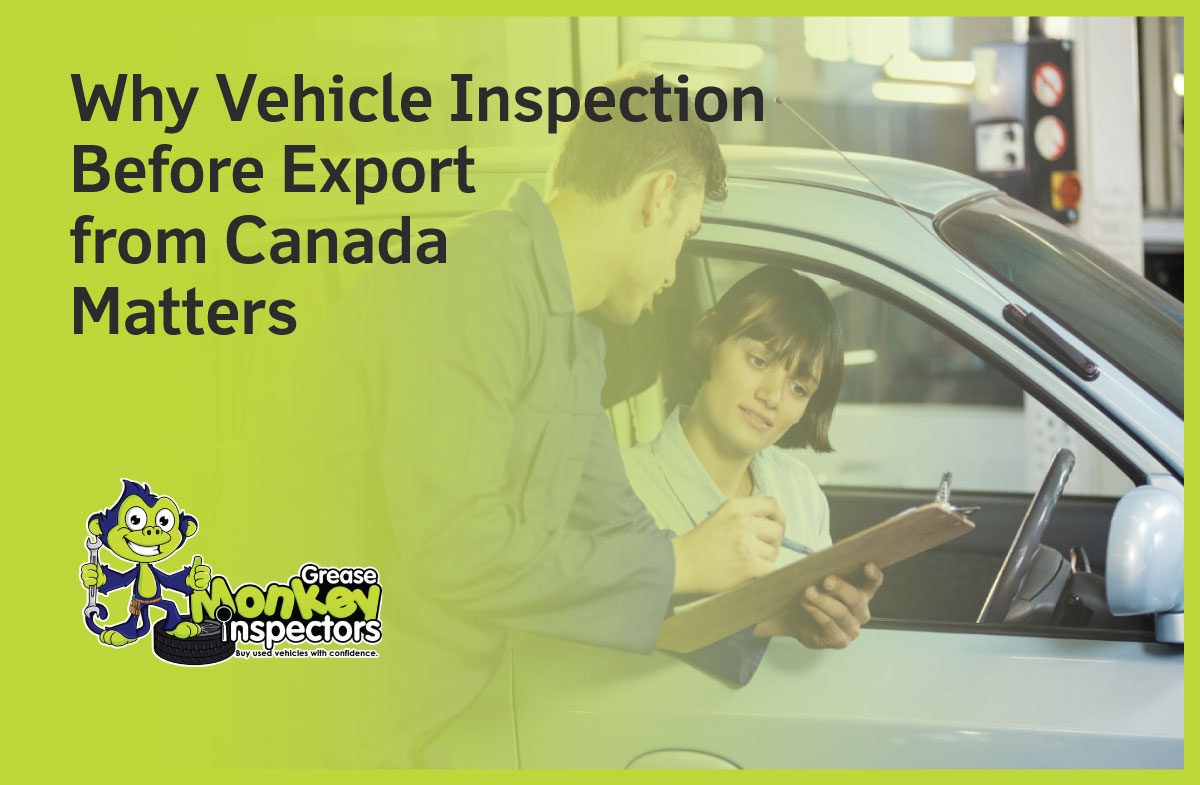Buying a used vehicle can be a smart choice for those seeking affordable and reliable transportation. At Greasemonkey Inspectors, we help you make informed decisions by offering comprehensive pre-purchase vehicle inspections. This service ensures you have a clear understanding of the vehicle’s condition before making a purchase. Here’s a breakdown of the advantages and considerations when buying a used vehicle from a private seller compared to a dealership.
Dealers Provide Greater Transparency on Vehicle Condition
Dealerships often come with the advantage of transparency. Many dealers include a vehicle history report with every used vehicle they sell. This report offers insights into past accidents, potential frame damage, or a salvaged title. Additionally, most dealers conduct their own inspections and reconditioning before a vehicle hits the lot, so you can generally expect the vehicle to be in good working order. However, we always recommend getting an independent inspection with Greasemonkey Inspectors for an unbiased review of the vehicle’s actual condition. This step ensures there are no surprises later.
Flexible Financing Options from Dealerships
One of the major advantages of buying a used vehicle from a dealership is the access to flexible financing options. Dealerships often have partnerships with local, regional, and national banks to provide loans to buyers. Even if you have the funds to pay upfront, financing could be beneficial, allowing you to keep cash in the bank for other investments. While banks can provide loans for private purchases too, dealerships typically make the financing process easier and more streamlined.
Private Sellers Offer a Wider Selection
If you’re in the market for a unique or older vehicle model, buying from a private seller might be the way to go. Dealerships often limit their stock to newer models or vehicles from specific manufacturers. In contrast, private sellers can offer a wider variety of makes, models, and price ranges, giving you the freedom to find exactly what you’re looking for. Whether you’re interested in a budget-friendly car or a rare model, exploring the private market can provide more options.
Negotiation Opportunities with Private Sellers
Private sellers are usually more open to price negotiations compared to dealerships. Dealerships need to maintain a certain profit margin, which often limits their ability to negotiate on price. On the other hand, private sellers may prioritize making a sale over maximizing profit, making them more willing to negotiate. This can lead to significant savings if you’re prepared to discuss the price. Additionally, some private sellers may cover the cost of a pre-purchase inspection or vehicle history report, making the transaction even more appealing.
Why Choose Greasemonkey Inspectors for Pre-Purchase Vehicle Inspections?
No matter where you decide to buy your used vehicle—whether from a dealership or a private seller—Greasemonkey Inspectors is here to help. We provide a detailed pre-purchase vehicle inspection, giving you the peace of mind that the vehicle you choose meets your expectations. Every inspection includes a thorough history report, so you’ll know exactly what you’re getting into before making a purchase.
Key Considerations When Buying a Used Vehicle in Ontario and Canada
When shopping for a used vehicle in Ontario or anywhere in Canada, it’s essential to prioritize your safety and satisfaction. An independent inspection from Greasemonkey Inspectors can help you avoid hidden problems, giving you confidence in your buying decision. Our team visits the vehicle’s location for a convenient onsite inspection, making the process easy and hassle-free for you.
In Ontario and across Canada, used vehicle buyers should remember that a history report is crucial, especially when buying from private sellers who might not automatically provide one. Our expert inspectors can verify the vehicle’s background, ensuring there are no surprises once the purchase is complete. We handle everything from engine checks to frame assessments, offering an in-depth look at the vehicle’s overall health.
Why a Pre-Purchase Inspection is Essential
Purchasing a used vehicle is a significant investment, and skipping the inspection phase can lead to unexpected costs down the road. At Greasemonkey Inspectors, we focus on providing comprehensive reports that highlight any existing or potential issues with the vehicle. This way, you can make an informed decision based on facts, not assumptions.
Greasemonkey Inspectors—Your Partner in Vehicle Confidence
At Greasemonkey Inspectors, we understand the importance of transparency and trust in the used vehicle buying process. Our dedicated team is committed to helping you make confident choices. Whether you’re buying a used vehicle in Ontario or exploring options across Canada, our inspection services are designed to provide clarity and security. Visit our inspection packages here to find the right service for your needs.










